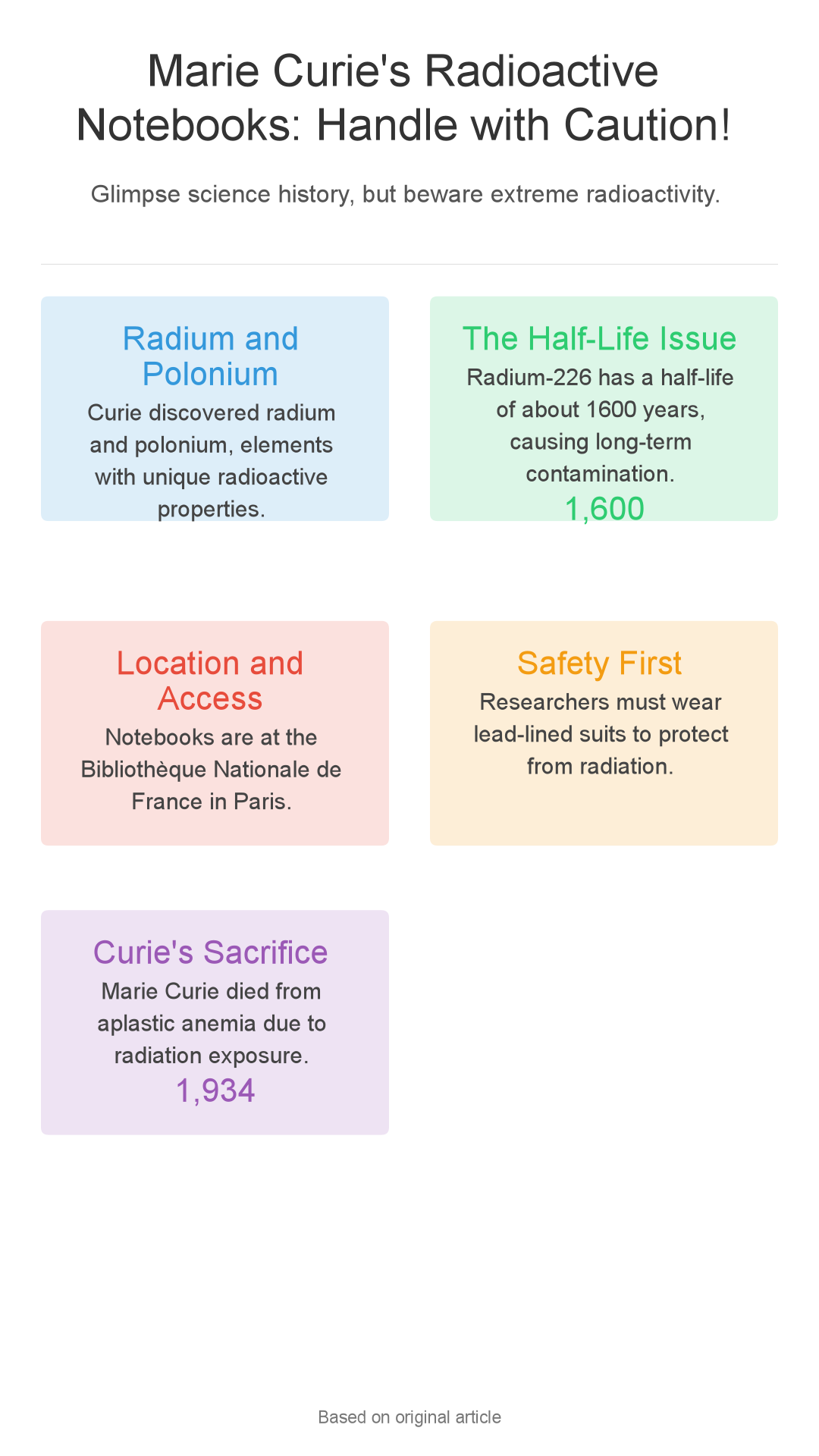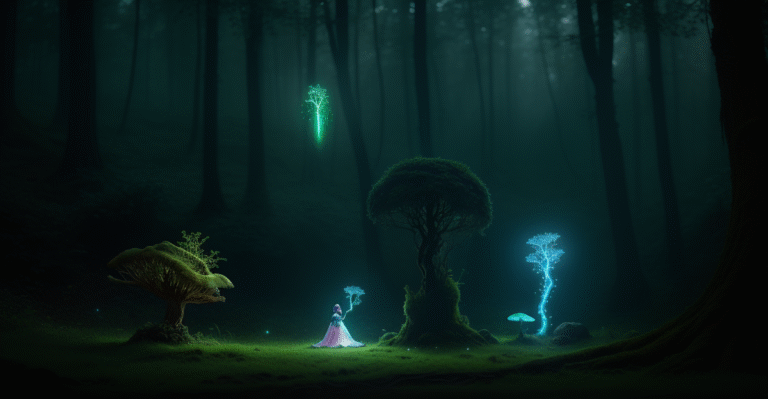
Marie Curie's notebooks are far from ordinary historical documents. Over a century after her pioneer
Ever wondered what it’s like to encounter history that could unlock scientific breakthroughs… or, more realistically, give you radiation poisoning? Prepare to be amazed by Marie Curie’s notebooks, which are *still* radioactive! Give this a like if you’re ready for some fascinating science, and follow for more noteworthy explorations!
Imagine holding a piece of scientific history in your hands: a notebook filled with the handwritten notes and calculations of a Nobel Prize-winning genius.
Now, imagine that same notebook is so intensely radioactive that you need a full hazmat suit just to glimpse inside.
The Enduring Power of Radium and Polonium
Marie Curie’s innovative Discoveries
Marie Curie, a true pioneer in the study of radioactivity, transformed science with her discovery of two new elements: radium and polonium.

.
Named after her native Poland (Polonium) and derived from the Latin word for ray (Radium), these elements possessed unique properties unlike anything previously known.
The Unrelenting March of Half-Lives
This is where things take a turn for the… permanent.
The radioactivity of radium and polonium isn’t fleeting; it’s governed by their half-lives – the time it takes for half of the atoms in a sample to decay. Radium-226, a crucial isotope in Curie’s work, has a half-life of roughly 1600 years.
That means that after 1600 years, half of the radium in her notebooks will *still* be emitting radiation. And after another 1600 years, half of *that* remaining radium will continue to decay.
Contamination: A Lingering Threat
During her groundbreaking research, Marie Curie didn’t have access to modern safety equipment (because, frankly, it didn’t exist yet).
Consequently, her notebooks, lab equipment, and even her own body became contaminated with radioactive materials. ].
Viewing Radioactive History: Protocols and Precautions
Location is Key
So, where are these historically significant, yet potentially dangerous, artifacts located? They reside at the Bibliothèque Nationale de France (National Library of France) in Paris.
Suit Up: Hazmat Gear Required
Want to glimpse Curie’s notes? Prepare to suit up! Anyone wishing to view the notebooks must wear full protective gear, including lead-lined suits, to shield themselves from radiation exposure.

.
Alpha and Beta Particles: The Invisible Danger
The primary concern stems from exposure to alpha and beta particles emitted by the radioactive materials within the notebooks.
Alpha particles are relatively heavy and have limited penetrating power, but they can cause significant damage if ingested or inhaled. Beta particles are lighter and can penetrate the skin.
While the radiation levels aren’t high enough to cause immediate, acute radiation syndrome, prolonged exposure can elevate the risk of cancer and other health issues.
Why Preserve Radioactive Artifacts?
A Portal to Scientific Discovery
Despite the inherent risks, preserving Marie Curie’s notebooks is essential for understanding the history of science.
They are primary source documents, providing invaluable insights into her innovative research process.
Unlocking Curie’s Process
The notebooks reveal Curie’s experimental techniques, intricate calculations, and complex thought processes.
By studying them, researchers can gain a deeper appreciation for the challenges she overcame, the ingenuity she demonstrated, and the meticulous nature of her scientific approach.
Balancing Preservation and Safety
Preserving these artifacts requires a delicate balancing act. On one hand, there’s the critical need to protect public safety and minimize radiation exposure.
On the other hand, there’s the responsibility to preserve these historically significant documents for future generations.
Lessons Learned: Radioactivity’s Double-Edged Sword
Benefits and Risks
Marie Curie’s work with radioactive materials has had a transformative impact on medicine and industry. Radioactive isotopes are used in cancer treatment, advanced medical imaging, and numerous industrial applications.
However, the inherent dangers of radioactivity are undeniable.
Curie’s Personal Sacrifice
Tragically, Marie Curie herself suffered the consequences of prolonged radiation exposure.
She developed aplastic anemia, a debilitating condition in which the bone marrow fails to produce enough blood cells, and ultimately succumbed to it in 1934.
Her story serves as a stark reminder of the hazards of radioactivity and the crucial importance of stringent safety precautions.
The Enduring Importance of Radiation Safety
The legacy of Marie Curie’s work extends far beyond her groundbreaking scientific discoveries. It also encompasses the ongoing importance of radiation safety protocols and public awareness.
), stand as a powerful testament to her brilliance and a cautionary tale about the immense power of radioactivity. They are a tangible link to a pivotal moment in scientific history, accessible only with rigorous safety measures.
So, what do you think? Considering the potential health risks, do you believe the historical insights gained from Marie Curie’s radioactive notebooks justify the effort and precautions taken to preserve and study them?
Share your thoughts in the comments below! And if you found this dive into the world of radioactive relics fascinating, don’t forget to share this article with your friends.

Enjoyed this? Check out our YouTube channel for video versions!
Enjoyed this? Check out our YouTube channel for video versions!



